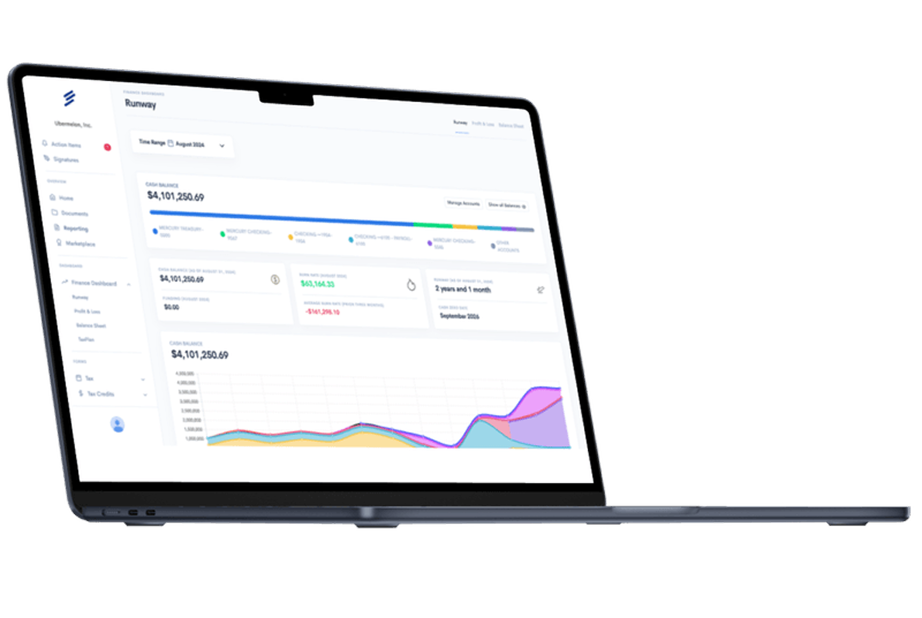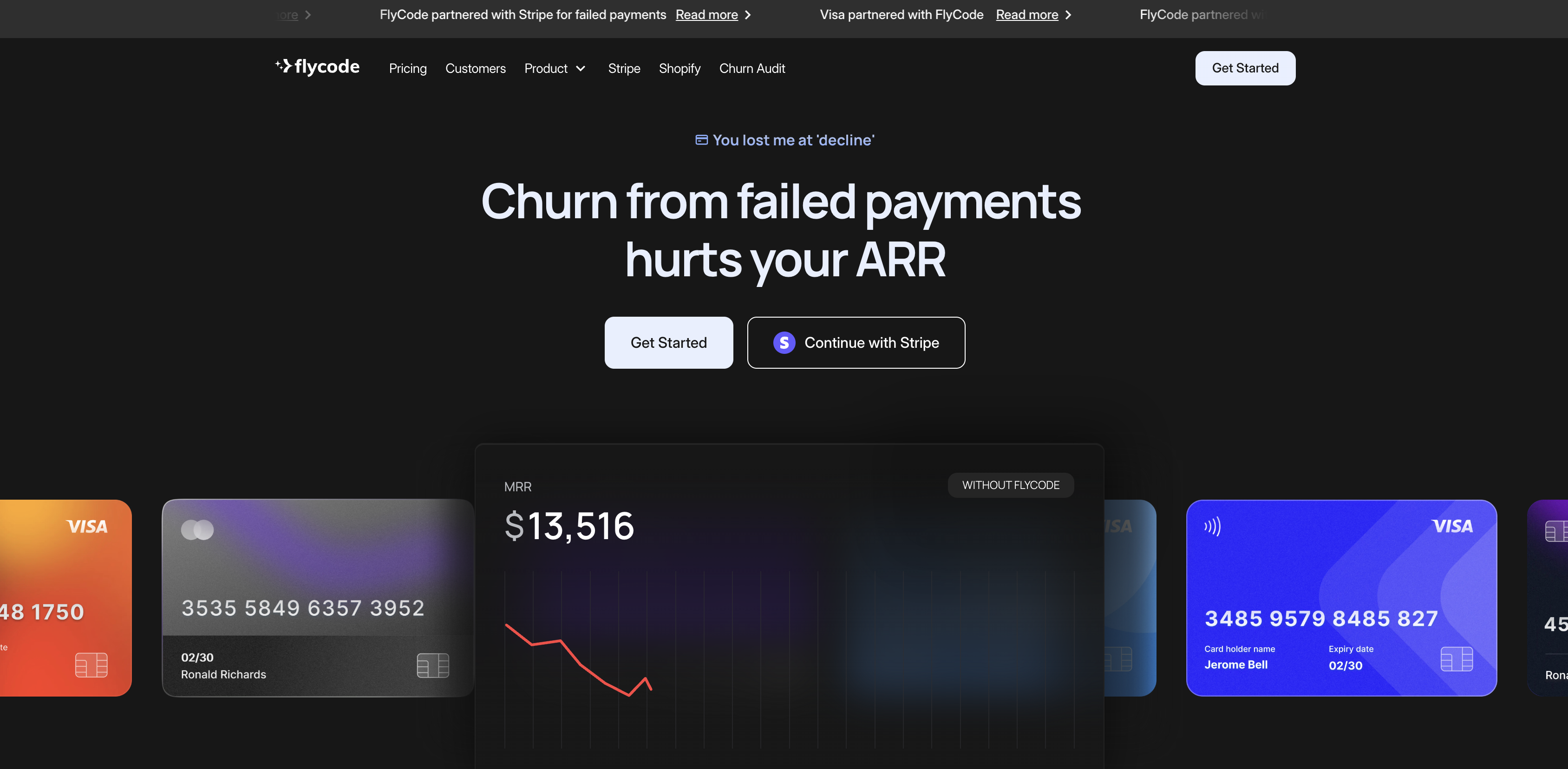Many businesses and homeowners face the challenge of a funding gap when opportunities arise or expenses mount before they secure permanent financing.
Many businesses and homeowners face the challenge of a funding gap when opportunities arise or expenses mount before they secure permanent financing. A bridge loan offers an immediate solution by providing quick access to funds, serving as a temporary financing option when other sources such as longer-term loans or permanent financing are not yet available. In today's competitive markets and hot real estate market, understanding how a bridge loan works can mean the difference between missing a strategic opportunity and securing a valuable investment.
What Are Bridge Loans and Why They Matter
Bridge loans serve as critical financial instruments in today's fast-paced economic environment. These short-term financing solutions help borrowers cover immediate expenses until they can secure more permanent financing or complete a real estate purchase. Whether you're a homeowner waiting for your current property to sell or a business needing interim financing to manage debt payments, bridge loans provide that essential financial flexibility.
Also known as bridge financing or swing loans, these financial products typically have a 12-month term, making them significantly shorter than traditional loans. They're particularly valuable in real estate transactions but extend their utility to business operations, personal financial needs, and alternatives to conventional bank loans or credit facilities.
The structure of bridge loans differs substantially from conventional mortgages or traditional loans with extended repayment periods. Their short-term nature often comes with higher interest rates, origination fees, and closing costs that reflect the temporary nature of the financing. These costs represent the premium paid for quick access to capital when timing is critical.
For many borrowers, the speed and convenience of bridge financing outweigh the higher costs. The ability to move quickly in competitive situations often justifies the premium paid for this financial flexibility. This makes bridge loans an invaluable tool in financial planning arsenals.
Common Financial Challenges Solved by Bridge Loans
Timing misalignments create significant stress for homeowners and businesses alike. For homeowners, the process of selling a current residence while purchasing a new one presents complex timing challenges that can strain finances and patience. Many find themselves managing two mortgages simultaneously—their existing mortgage payment plus the temporary financing costs of a bridge loan.
The risk intensifies when sale contingencies don't proceed as planned. Monthly payments on multiple loans can quickly deplete cash reserves and create financial strain. In competitive real estate markets, delays might lead to additional expenses like increased appraisal fees or even result in missed mortgage payments.
Businesses face similar timing challenges when opportunities arise before permanent financing is secured. Whether covering a short-term gap in real estate investments, paying for property appraisals, or managing operational costs until additional funding arrives, businesses need financing solutions that are both simple and fast. Companies with solid credit histories often turn to bridge financing from investment banks or alternative lending agencies to maintain momentum during transitional periods.
The fundamental problem in both scenarios is identical: a temporary gap between current financial resources and imminent financial needs. Without appropriate solutions, these gaps can transform promising opportunities into missed chances or, worse, financial crises.
Strategic Applications of Bridge Financing
Bridge loans function as financial stopgaps designed for immediate capital access. These loans provide crucial support while waiting for longer-term financing arrangements to materialize. With expedited approval and funding processes, bridge loans effectively address funding gaps—covering essential expenses without forcing asset liquidation or compromising asset quality.
Consider a homeowner with strong credit but facing delays selling their current property in a competitive market. A real estate bridge loan enables them to secure their new property without waiting for their existing home to sell. This financing can cover down payments and closing costs by leveraging equity in the current mortgage. Some bridge loans may be structured as 80-10-10 loans or equity loans, providing alternatives alongside traditional piggyback loans.
The flexibility in repayment terms represents another significant advantage of bridge financing. Many lenders offer interest-only payments during the initial period, easing the burden on monthly cash flow. After this temporary financing period concludes, borrowers typically transition to long-term financing options like HomeReady Mortgage Loans or conventional loans with more favorable terms.
Bridge loans also provide strategic advantages beyond simple timing solutions. They can strengthen negotiating positions by removing financing contingencies from offers, making a buyer's proposal more attractive to sellers in competitive markets. This strategic advantage often justifies the higher costs associated with bridge financing.
Weighing Benefits Against Drawbacks
Bridge loans offer several compelling advantages for those facing timing challenges:
- Immediate capital access: Funds become available quickly when opportunities can't wait
- Cash flow maintenance: Helps cover expenses during transitional periods
- Competitive edge: Removes financing contingencies in competitive situations
- Flexible repayment options: Many offer interest-only periods to reduce initial payment burden
- Simplified qualification: Often focuses more on equity and less on income verification
However, these benefits come with corresponding challenges that require careful consideration. Since bridge loans are classified as short-term financing, they typically carry higher interest rates than conventional loans. Additional fees—including bridge loan fees, appraisal costs, and origination fees—can significantly impact the overall expense.
The risk profile increases if anticipated permanent financing experiences delays or complications. In such scenarios, the outstanding balance on the bridge loan combined with regular monthly payments could create financial strain. Balancing both a current mortgage and bridge loan requires careful financial planning and sufficient reserves.
Borrowers should thoroughly evaluate factors like Private Mortgage Insurance (PMI) requirements and specific repayment terms outlined in the loan agreement. Ensuring clarity on all aspects—from application to final repayment—helps mitigate potential risks associated with bridge loan mortgages and creates a smoother financial transition.
Determining If Bridge Financing Fits Your Needs
Evaluating your current financial position forms the foundation of any bridge loan decision. This assessment should include a comprehensive review of your existing debt obligations, available credit capacity, and accessible equity in current assets. Whether considering bridge financing for real estate investments or as a stepping stone to additional funding, understanding your starting position is essential.
The financing landscape offers numerous alternatives worth exploring before committing to a bridge loan. These options include:
- Interest-only bridge loans that minimize initial payment requirements while maximizing cash flow flexibility during transitional periods.
- Traditional swing loans that provide straightforward short-term financing with clear repayment schedules aligned with expected permanent financing timelines.
- Equity-based financing that leverages existing asset value without creating new debt obligations that might complicate future financing arrangements.
- Combination approaches like 80-10-10 loans that blend different financing types to optimize both short-term needs and long-term financial health.
Potential borrowers must also carefully review associated costs beyond the headline interest rate. Appraisal fees, closing costs, and impacts on overall mortgage balances can significantly affect the total expense of bridge financing. Consulting with financial advisors or utilizing comprehensive application packages can simplify the borrowing process and ensure all factors—including property eligibility requirements—receive proper consideration.
Bridge Loans in Business Contexts
Businesses face unique challenges that bridge financing can effectively address. Temporary cash flow deficits, often lasting 3-6 months, can threaten operational continuity despite otherwise healthy financial fundamentals. Bridge loans provide the working capital needed to maintain operations during these transitional periods.
Corporate expansion opportunities frequently arise before permanent financing arrangements can be completed. In these scenarios, bridge financing enables businesses to secure strategic assets, locations, or acquisitions without missing critical market windows. The ability to move quickly often provides competitive advantages that outweigh the higher costs of short-term financing.
Bridge loans also support businesses preparing for significant financial events like public offerings or major funding rounds. The interim period between preparation and completion of these events often requires substantial resources to maintain momentum and demonstrate operational stability. Bridge financing provides this critical support while positioning the company for successful transitions to permanent capital structures.
For businesses considering bridge financing, the evaluation process should include:
- Projected return timeline: How quickly will the investment generate returns to offset financing costs?
- Alternative funding sources: What other options might provide similar timing advantages with different cost structures?
- Exit strategy clarity: Is there a clear path to repayment through permanent financing or operational cash flow?
- Cost-benefit analysis: Do the strategic advantages outweigh the premium costs of bridge financing?
Special Considerations for Real Estate Investors
Real estate investors face unique considerations when evaluating bridge loan options. The fast-paced nature of investment property markets often requires immediate action that traditional financing timelines cannot accommodate. Bridge loans enable investors to secure properties quickly while arranging more favorable long-term financing.
Property rehabilitation projects present particular challenges that bridge financing effectively addresses. These projects typically require immediate capital for acquisition and renovation before the property can generate income or qualify for conventional financing. Bridge loans provide the necessary funds to complete renovations and establish the income history or equity position needed for permanent financing.
The structure of real estate investment bridge loans often differs from residential bridge loans in important ways. Investment-focused bridge financing may include:
- Draw schedules that release funds in stages as renovation milestones are completed, reducing interest costs and ensuring project progression.
- Interest reserve accounts that cover payment obligations during the renovation period when the property generates no income.
- Extension options that provide flexibility if project timelines extend beyond initial estimates or market conditions delay refinancing opportunities.
- Conversion features that allow the bridge loan to transform into permanent financing under predetermined conditions, eliminating the need for separate refinancing transactions.
Successful real estate investors develop relationships with bridge lenders who understand investment property dynamics. These relationships often lead to more favorable terms and streamlined processes for repeat borrowers with demonstrated success records. The efficiency gained through these relationships can significantly enhance investment returns by reducing financing costs and transaction timelines.
Bridge Loan Application Process Explained
The bridge loan application process emphasizes speed and efficiency while maintaining necessary underwriting standards. Understanding this process helps borrowers prepare effectively and maximize approval chances. Most bridge loan applications follow a consistent pattern designed to balance thorough evaluation with rapid decision-making.
The initial application typically focuses on three primary factors that determine basic eligibility:
- Equity position: The available equity in existing properties that can secure the bridge loan
- Exit strategy: Clear plans for repaying the bridge loan through sale or refinancing
- Credit profile: Basic creditworthiness indicators that suggest reliability without extensive documentation
After preliminary approval, the process advances to more detailed underwriting that varies based on loan purpose and amount. This stage typically requires additional documentation including:
- Property valuation evidence through appraisals or broker price opinions that confirm sufficient collateral value.
- Financial statement verification that demonstrates capacity to manage payments during the bridge period.
- Title examination to ensure clean ownership status and appropriate collateral positioning.
- Exit strategy documentation showing realistic plans for permanent financing or property disposition.
The closing process for bridge loans typically moves much faster than conventional financing. Many bridge lenders can complete the entire process from application to funding within 7-14 days, compared to 30-45 days for traditional mortgages. This accelerated timeline represents one of the primary advantages of bridge financing in time-sensitive situations.
Securing Your Financial Bridge Today
Bridge loans represent powerful financial tools when used strategically in the right situations. These short-term financing solutions provide critical flexibility during transitional periods when timing misalignments create funding gaps. Whether facilitating real estate transactions, supporting business operations, or enabling investment opportunities, bridge loans offer immediate solutions to temporary challenges.
The key to successful bridge financing lies in thorough preparation and clear exit strategies. Understanding both the benefits and costs associated with these loans allows borrowers to make informed decisions that advance their financial goals. The premium paid for bridge financing should always be evaluated against the opportunities gained or losses avoided through immediate capital access.
As with any financial decision, consultation with qualified advisors provides valuable perspective when considering bridge loans. These professionals can help evaluate alternatives, structure optimal financing arrangements, and ensure alignment with long-term financial strategies. Their expertise often identifies opportunities to minimize costs while maximizing the strategic advantages of bridge financing.
Ready to explore whether a bridge loan might solve your current financial timing challenges? Begin by assessing your equity position, clarifying your exit strategy, and consulting with experienced lenders who specialize in bridge financing. The right bridge loan could transform a timing challenge into a strategic advantage that propels your financial success forward.
Simplify Startup Finances Today
Take the stress out of bookkeeping, taxes, and tax credits with Fondo’s all-in-one accounting platform built for startups. Start saving time and money with our expert-backed solutions.
Get Started









.png)









